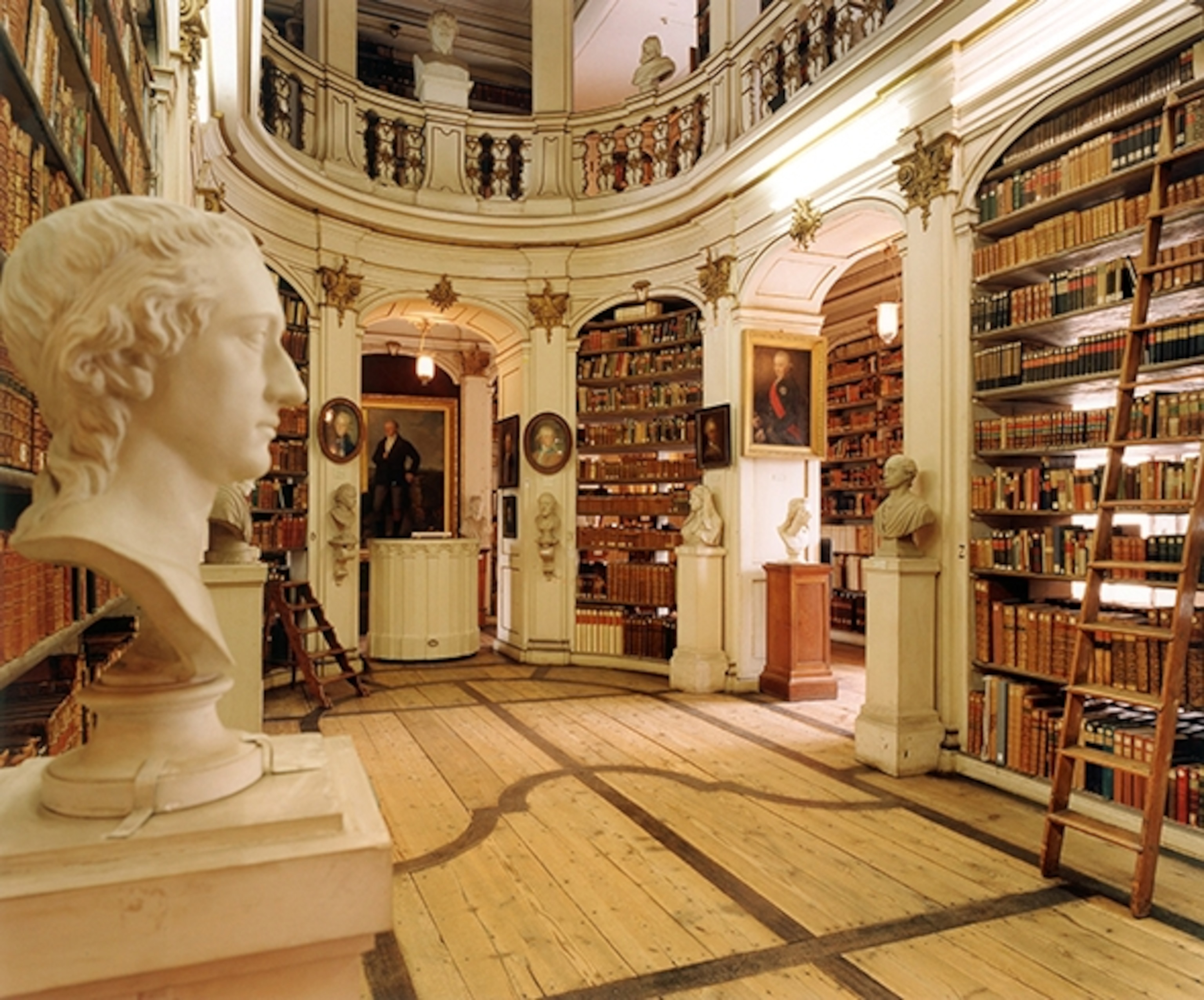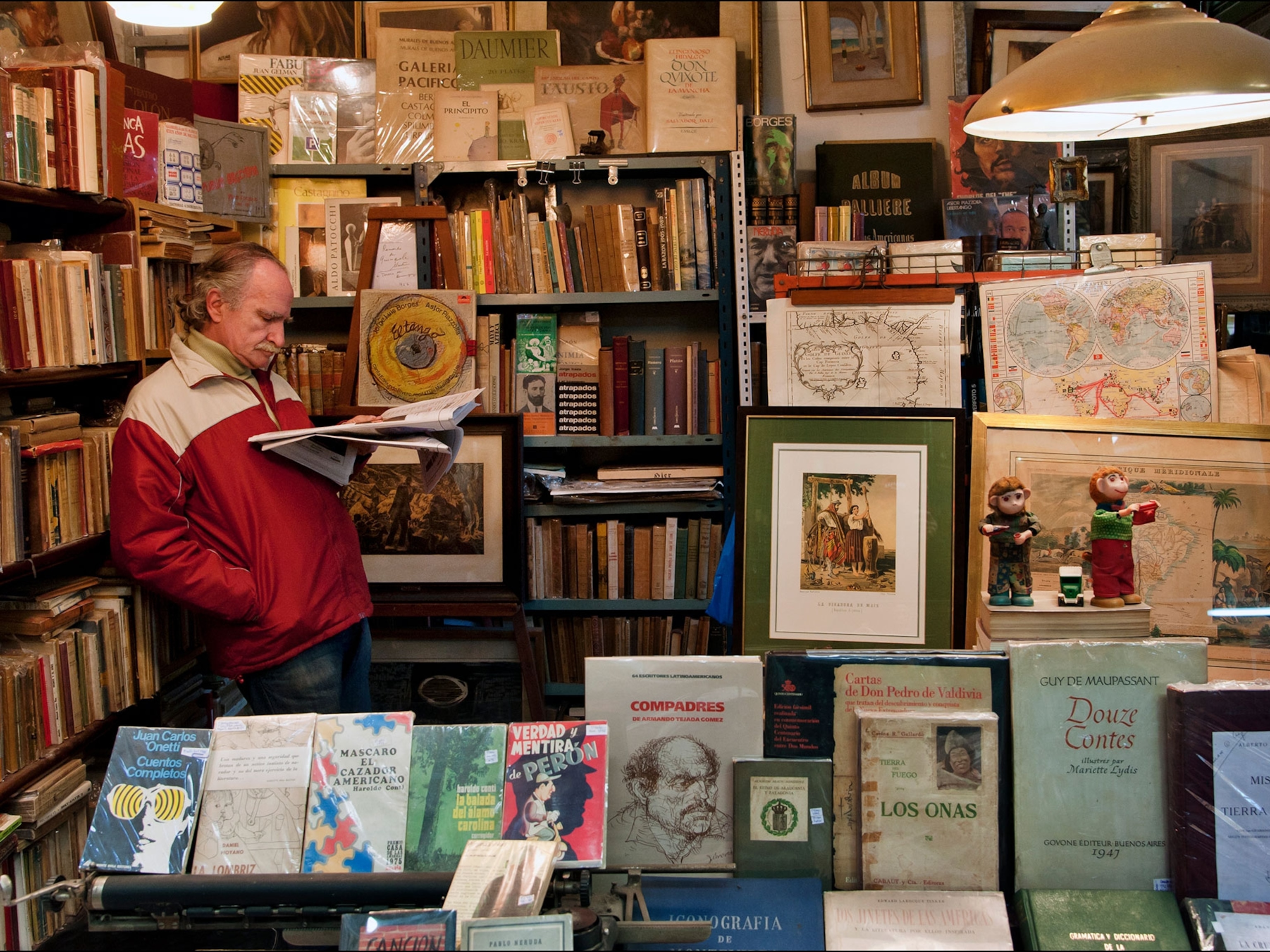
The Wunderbar World of Weimar
Weimar’s size has always belied its moxie.
When a fire ravaged the gilt-trimmed Duchess Anna Amalia Library in 2004, locals formed a human chain to save historic masterpieces that included Martin Luther’s 1534 Bible.
A decade later, the book restorations are finally nearing completion and have ignited renewed interest in this German town of around 65,000 people that’s no stranger to attention.
Weimar first grabbed the spotlight in the 1700s during the reign of the arts-loving Duchess Anna Amalia, when such luminaries as Johann Wolfgang Goethe and Friedrich Schiller moved here, establishing it as a center of the German Enlightenment and building a reputation as Germany’s intellectual capital.
Franz Liszt, Richard Wagner, and Friedrich Nietzsche passed through in the 19th century, an era easily imagined while strolling the cobbled streets.
To enter the Bauhaus Museum is to fast-forward into the radical 1920s, when Weimar upended the worlds of politics, design, art, architecture, even typography—then receded into history as part of communist East Germany and bearing scars from the nearby Buchenwald concentration camp.
- National Geographic Expeditions
Yet heritage runs deep, and Weimar still holds the promise of a place where thinkers can alter the world’s cultural landscape from the rolling hills of central Germany.
- Travel Tip: Channel Goethe over wine and boiled beef at the Zum weissen Schwan restaurant, next to the poet’s House.
This piece, written by National Geographic Traveler Senior Editor Jayne Wise, originally appeared in the May 2014 issue of Traveler magazine.





